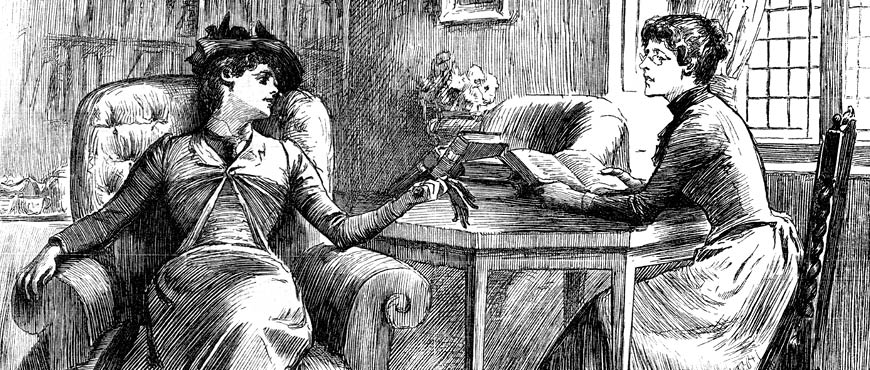Step into the pages of Victorian literature, where the past comes alive with tales of love, ambition, and mystery set against the backdrop of a rapidly changing society. Spanning the years of Queen Victoria's reign (1837–1901), these literary treasures explore industrial progress, societal conflicts, and timeless human emotions. Whether you’re a seasoned classicist or venturing into this genre for the first time, these stories will sweep you off your feet, offering reflections on humanity that remain relevant today. Let’s dive into ten exceptional Victorian classics and uncover the reasons they’ve enchanted readers across centuries.
- Blogs
- Literature
- Top-10-victorian-literature-classics-you-must-read-67528da2bdccdd0001d3477b
Top 10 Victorian Literature Classics You Must Read
Literature • 6 Dec, 2024 • 3,842 Views • ⭐ 5.0
Written by Shivani Chourasia

Introduction to Victorian Literature

The Victorian era was a time of profound transformation, marked by the Industrial Revolution, colonial expansion, and shifting social norms. Literature from this period mirrors these changes, often engaging with themes like:
- Industrialization: How progress shaped (and sometimes harmed) human lives (Hard Times by Charles Dickens).
- Social Class and Morality: Struggles between societal expectations and personal desires (Middlemarch by George Eliot).
- Romantic and Gothic Elements: A mix of passion, mystery, and the supernatural (Wuthering Heights by Emily Brontë, Dracula by Bram Stoker).
These novels aren’t just windows into the 19th century; they hold up a mirror to modern issues like inequality, gender dynamics, and moral dilemmas. Here are the top recommendations:
Jane Eyre by Charlotte Brontë (1847)

Jane Eyre’s journey is one of resilience and self-discovery. Orphaned and mistreated as a child, Jane grows into a strong, principled woman who becomes a governess at Thornfield Hall. There, she meets the enigmatic Mr. Rochester, whose dark secrets threaten to derail her pursuit of happiness and independence. Jane Eyre is a narrative of personal integrity, the fight for autonomy, and a critique of societal expectations for women.
- Impact: Revolutionary for its time, Jane Eyre introduced a heroine who wasn’t defined by beauty, wealth, or social status but by her moral courage and intellect.
- Fun Fact: The "madwoman in the attic" trope, embodied by Bertha Mason in the novel, has become an iconic symbol in feminist literary criticism.
Great Expectations by Charles Dickens (1861)

Pip, a young orphan raised by his harsh sister and her kind husband, dreams of escaping his humble beginnings. When a mysterious benefactor provides him with the means to become a gentleman, Pip's life is transformed—but not without heartbreak, disillusionment, and a reckoning with his values.
- Impact: Dickens masterfully critiques class prejudice and explores the moral consequences of ambition and desire. Pip’s story is a timeless exploration of personal growth and redemption.
- Fun Fact: Dickens originally gave Great Expectations a darker ending but changed it to a more optimistic one after feedback from his friend Edward Bulwer-Lytton.
Wuthering Heights by Emily Brontë (1847)

A tale of intense, destructive love between Heathcliff and Catherine Earnshaw, Wuthering Heights is set against the wild Yorkshire moors. Their love transcends death but wreaks havoc on everyone around them, creating a darkly gothic narrative about obsession, vengeance, and the cyclical nature of suffering.